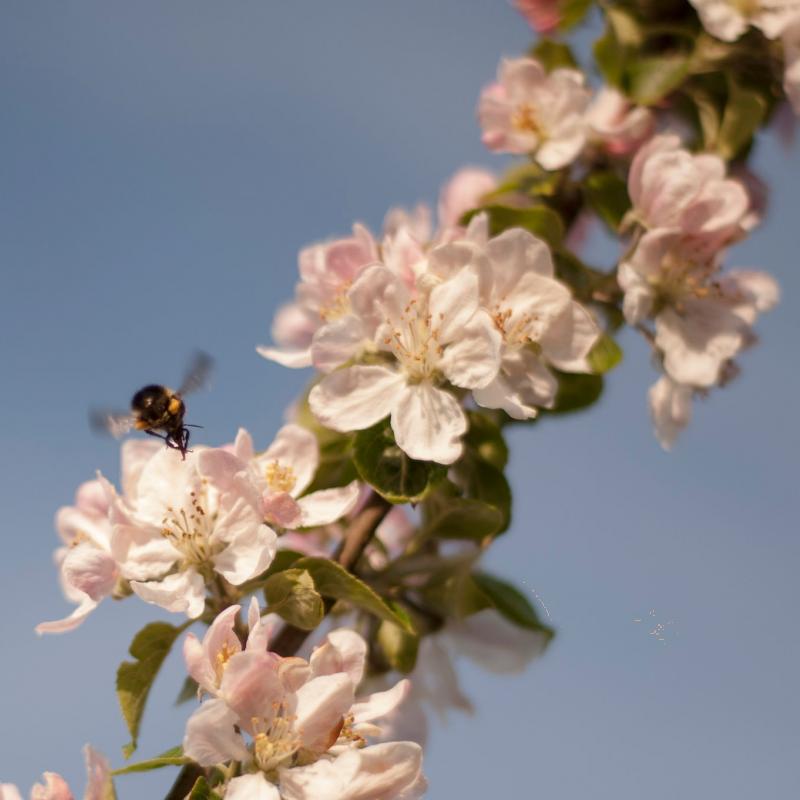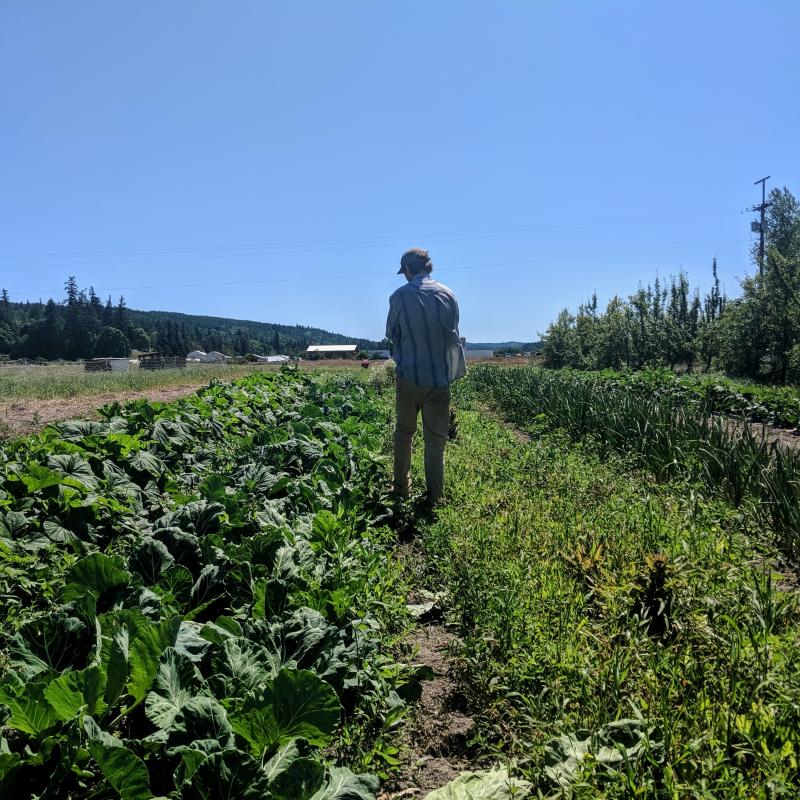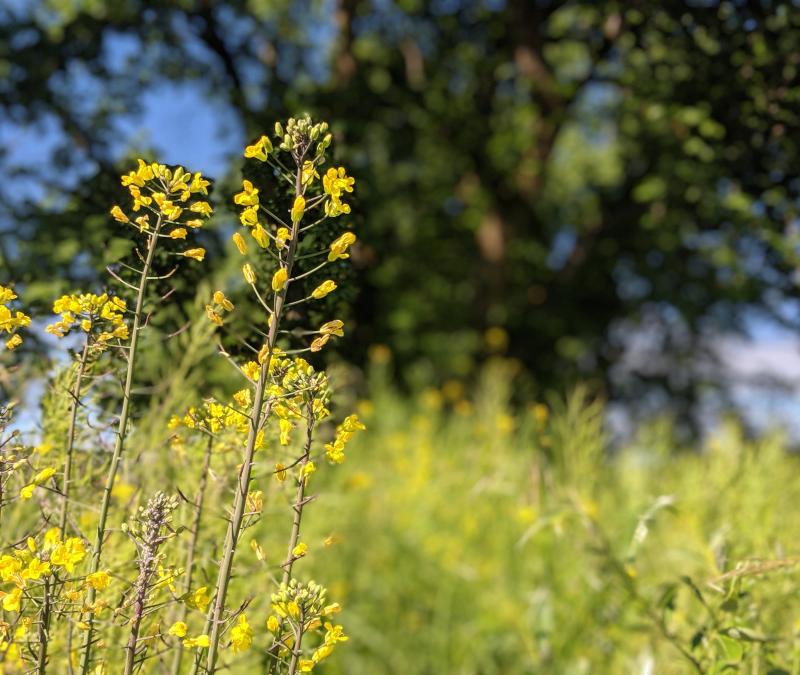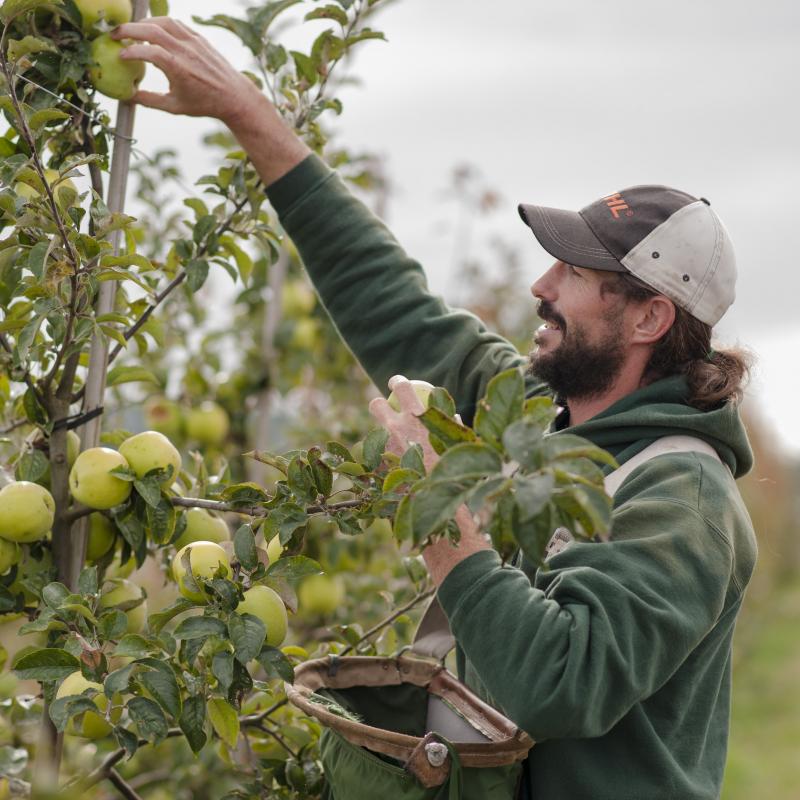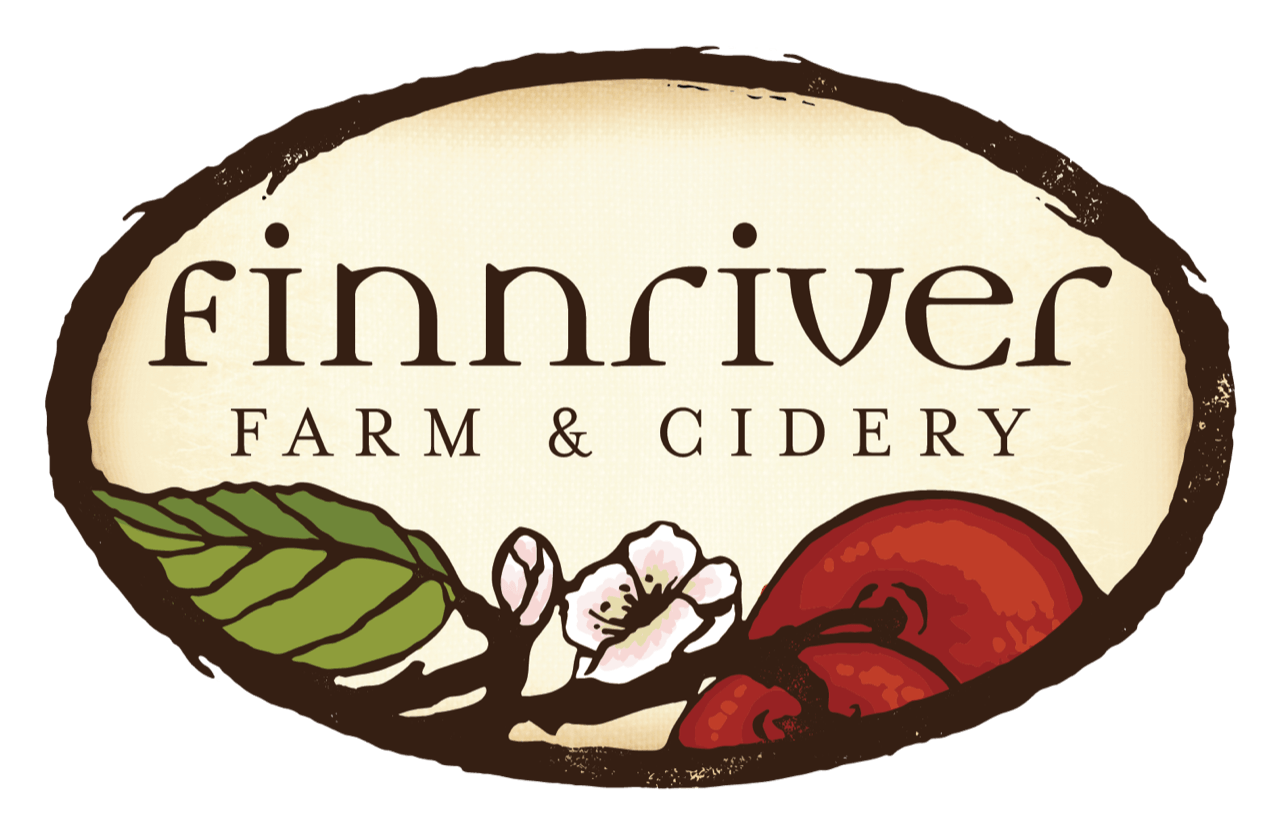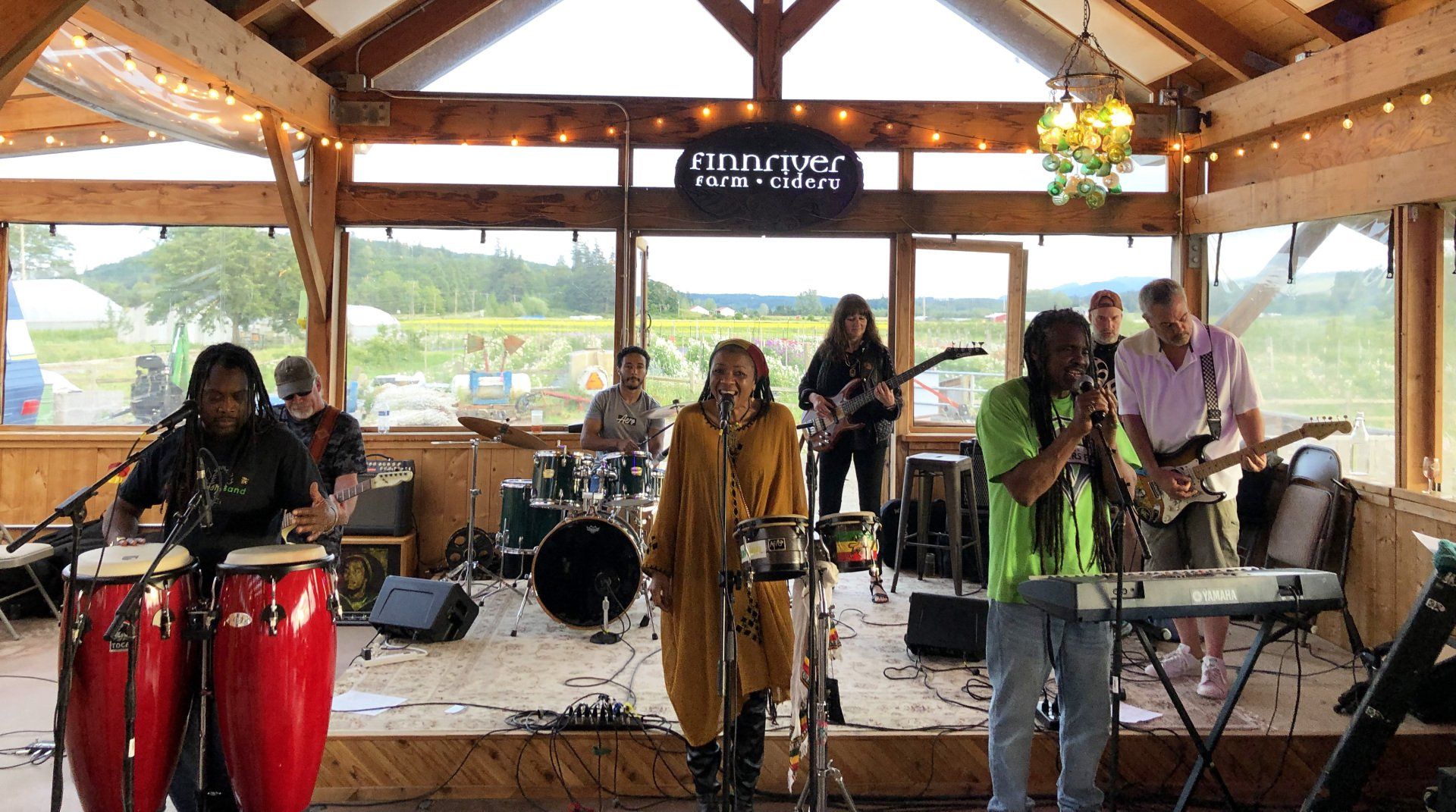At Finnriver, we are paying attention to changing climate and ecosystem impacts, and we're taking committed steps to adapt our farm and cidery business model and role-model solutions for resiliency and sustainability!
As you know if you look at our south-facing rooftops, we are now producing and using renewable energy with the solar power generated from our 200+ solar panels (one of the biggest renewable energy projects in our community), and we've started up a HORSE biodigester that will convert our kitchen scraps to useful methane gas. Recently we took another step towards independence from fossil fuels. To reduce the carbon footprint in our Cider barn, we installed a CiCi carbon-capture system, from the Austin, Texas-based company Earthly Labs.
What is carbon recapture?
Carbon recapture allows producers of CO2 to essentially recycle and reuse the CO2 they are making, instead of allowing it to be released into the atmosphere as a greenhouse gas, contributing to global warming.
During the natural process of fermenting cider, our cider fermentation tanks release pure CO2 as a natural byproduct. Instead of releasing that CO2 directly into the air, Finnriver will be capturing it, processing it through our new CiCi carbon-capture system, and then reusing it.
We use carbon dioxide (CO2) during our bottling process to make bubbles! Carbon dioxide goes to our brite tanks, which force carbonation into the cider when we bottle, and is also used on our bottling line to add pressure to our bottles, so there is no foam in our bottled cider.
Historically, we’ve needed to buy commercial CO2 for use with these processes, but with our new carbon recapture system, we will soon be capturing 100% of our CO2 needs. With carbon recapture, our ciders will be bottled with natural CO2 created in-house by our own fermentation process!
We put great care and intention into the sourcing and cultivation of the many elements that go into our ciders, and so we're very happy that we will be able to use this natural CO2. Natural CO2 also helps us create a healthier environment for our workers and community. CiCi should reduce Finnriver's CO2 emissions to the equivalent of planting up about 1,600 trees each year!
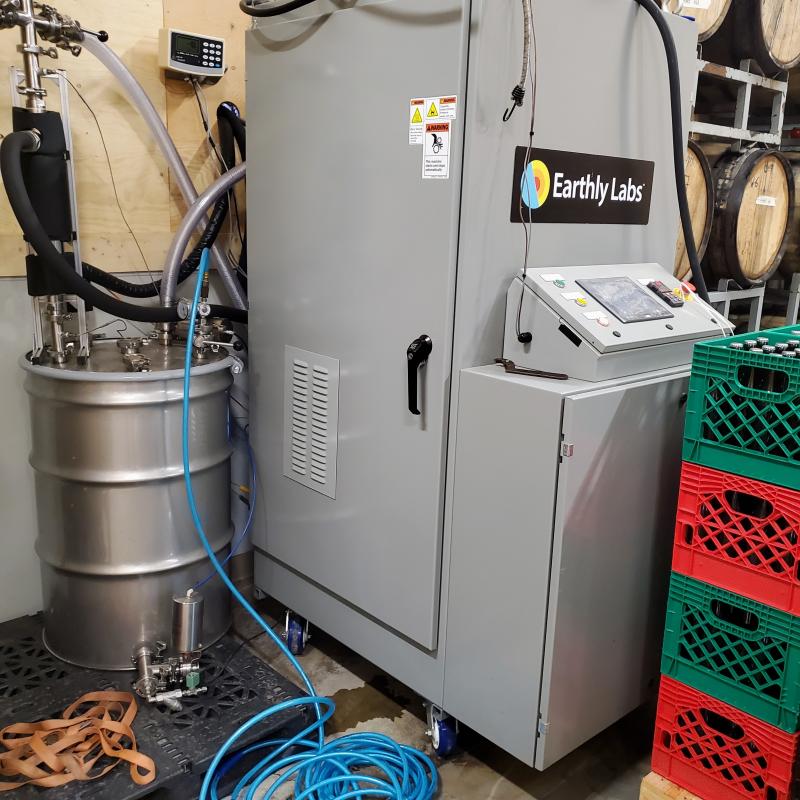
Finnriver’s Partnership with Earthly Labs
Earthly Labs is a Public Benefit Corps based in Austin, Texas, that is committed to creating environmental solutions for carbon emissions. Earthly Labs CEO and Founder, Amy George, wanted to bring carbon-capture technology to a new sector - the world of fermentation. Early innovation ideas for the CiCi carbon-capture system were demonstrated through NASA as they worked to find ways to keep CO2 out of the International Space Station.
Today, Earthly Labs works with dozens of breweries (and a kombucha producer!) in the US and Canada; Finnriver is one of their first cideries. Small-scale emissions sources represent about half of all emissions in the world, and Earthly Labs is interested in innovating ways to keep CO2 out of the atmosphere in these smaller industries. We are excited about our partnership with Earthly Labs, and are truly impressed with their commitment to bringing this crucial technology to small businesses like ours!
At Finnriver, we look forward to sharing more about our ongoing and upcoming projects related to climate resiliency. This Fall, our cider production space is working on implementing a glass bottle reuse program - which would allow us to keep some of our cider bottles in house and wash and reuse them. Stay posted for more from us soon.
